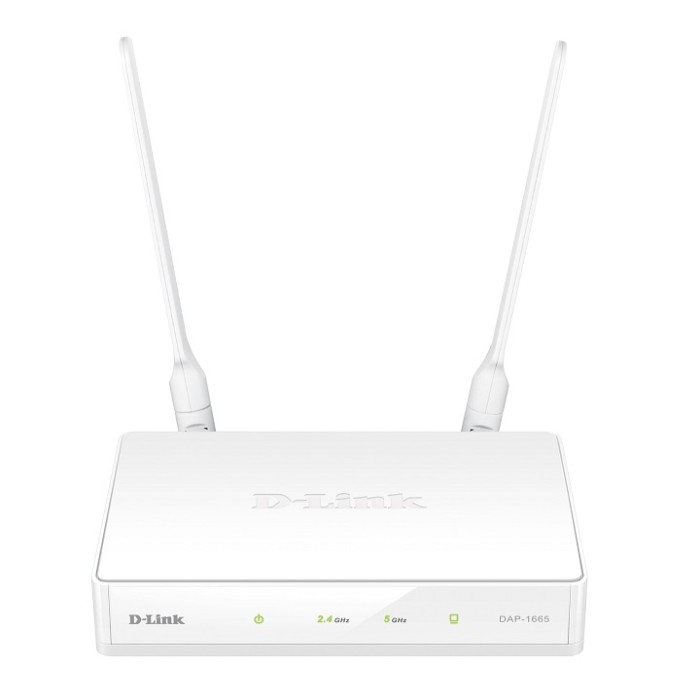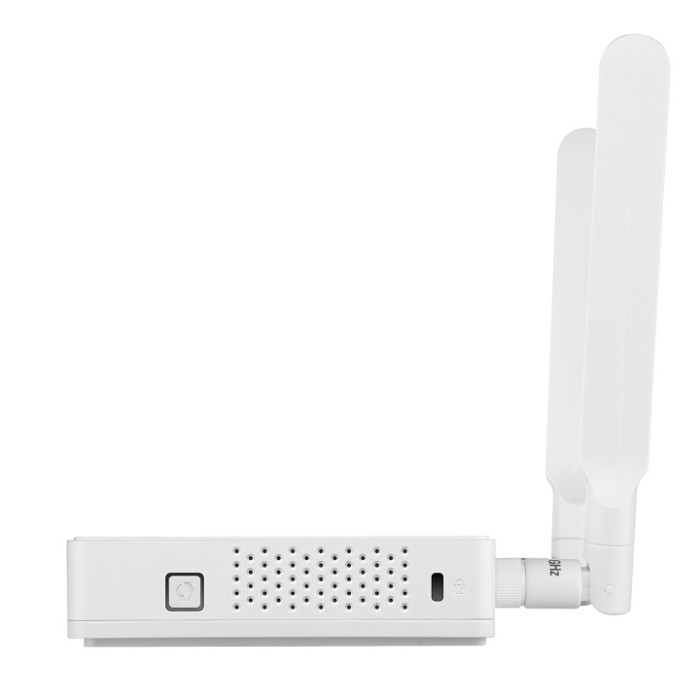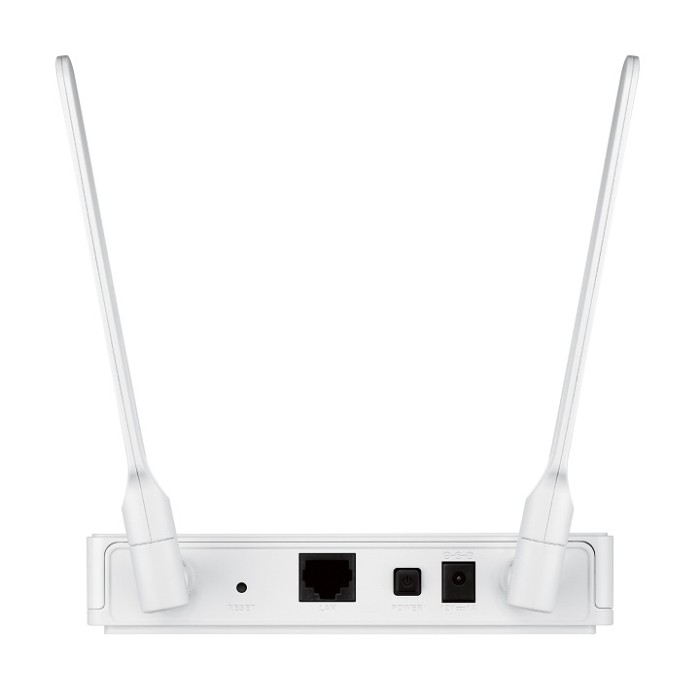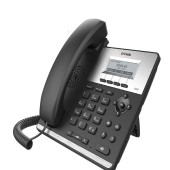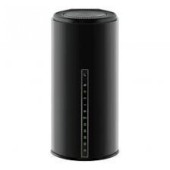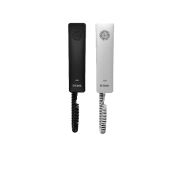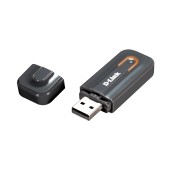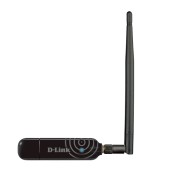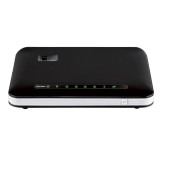D-Link DAP-1665 Wireless AC1200 Dual Band Access Point
D-Link DAP-1665 Wireless AC1200 Dual Band Access Point
D-Link DAP-1665 Wireless AC1200 Dual Band Access Point
Technical Specifications General
Networking Standards
- IEEE 802.11ac
- IEEE 802.11n
- IEEE 802.11g
- IEEE 802.11b
- IEEE 802.11a
- 802.3/802.3u
Interface
- Draft IEEE 802.11ac wireless LAN
- IEEE 802.11n/g/b/a wireless LAN
- 10/100/1000BASE-TX wired LAN
Operating Modes
- Access Point (AP) • Bridge • Bridge with AP
- Wireless Client • Repeater
Antenna
- 2 x 2 dBi external antennas
LEDs
- Power
- 2.4 GHz wireless
- 5 GHz wireless
- LAN
Advanced Features
- Security
- 64/128-bit WEP
- WPA-PSK/WPA2-PSK
- Wi-Fi Protected Setup (WPS)
- MAC address filtering
- Kensington® security slot
- SSID broadcast disable
Device Management
- Web-based interface minimum requirements:
- Internet Explorer 7, Firefox 12.0, Chrome 20.0, or Safari 4.0
Physical
Dimensions
- 147 x 108 x 27.8 mm (5.79 x 4.25 x 1.1 inches)
Weight
Power
- Input: 12 V/1 A
- Consumption: Maximum 5.18 W
Temperature
- Operating: 0 to 40 °C (32 to 104 °F)
- Storage: -20 to 65 °C (-4 to 149 °F)
Humidity
- Operating: 10% to 90% non-condensing
- Storage: 5% to 95% non-condensing
Certifications
- CE • FCC • TELEC
- IC • Wi-Fi Certified • VCCI
Related Product
D-Link DPH-120SE-F2 SIP Phone
D-Link DPH-120SE-F2 SIP Phone..
D-Link DSL-G2252 Wireless N300 ADSL/VDSL2 Router
Wireless N300 ADSL/VDSL2 Router
..
D-Link DPH-215SE Hotel Bathroom IP Phone
Hotel Bathroom IP Phone
..
D-Link DWA-123 Wireless N150 USB Adapter
- D-Link DWA-123 Wireless N150 USB Adapter
..
D-Link DWA-137 Wireless N High-Gain USB Adapter
Wireless N High-Gain USB Adapter
..
D-Link DWR-112 3G Wireless N300 WI-FI Router
- Wireless N300 WI-FI Router
..
Tags: Dsrtech it support, dsrtech technical support uae, conferecing system solution, gateway solution, gateway solution uae, best dsrtech technical support dubai, remote desktop support uae, ip phone configure support, security system, it services and solutions, anydesk support, best it service solution uae, it solution and service, it server support, it support company, cooperate it solution, it business solution, cloud it solution, smart it support, smart it support dubai, apple it solution, smart it support uae, it support for business uae, it support for business dubai, dsrtech computer trading llc, dsrtech uae, day to day it support, day to day it support dubai, day to day it support uae, security system dubai, security system uae, it support & solution provide it service & networking support, 24 hours it support solution, vpn support, vpn solution and services, vpn support uae, vpn support dubai, vpn solution and services uae, vpn solution and services dubai, survelliance solution, free support request, survelliance solution, survelliance solution dubai, call center solution, ip security camera, ip security camera dubai, technical support helpline number, technical support helpline number dubai, technical support helpline number uae, free installation team, how to configure router, free installation team uae, free installation team dubai, best it support uae, best it support service uae, computer shop abu dhabi D-Link DAP-1665 dubai, D-Link DAP-1665 price in abudhabi, D-Link DAP-1665best price in abudhabi, D-Link DAP-1665 wholesale price, D-Link DAP-1665 suppliers, D-Link DAP-1665 abudhabi,

